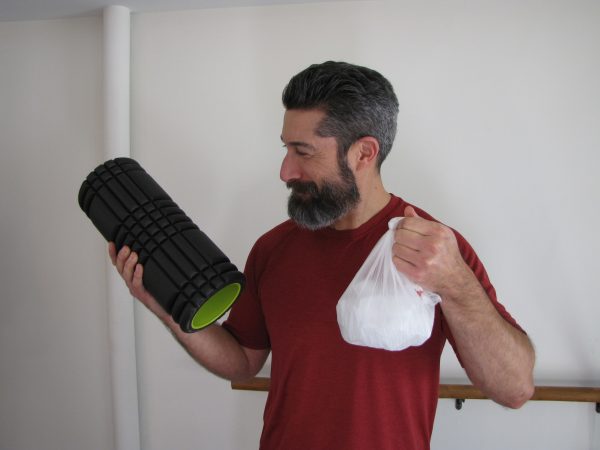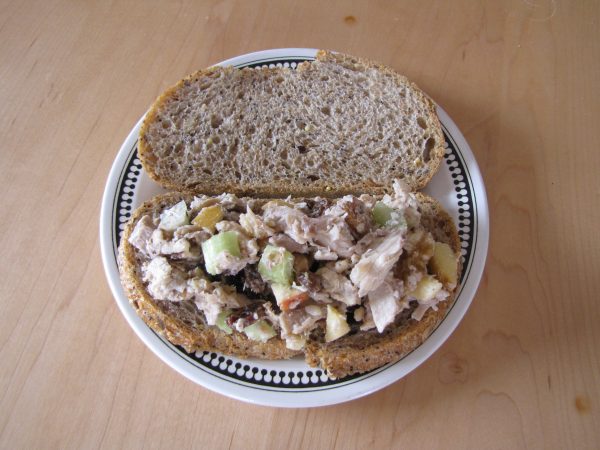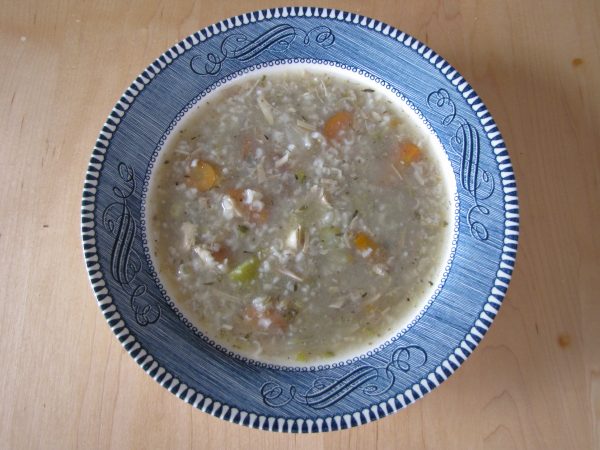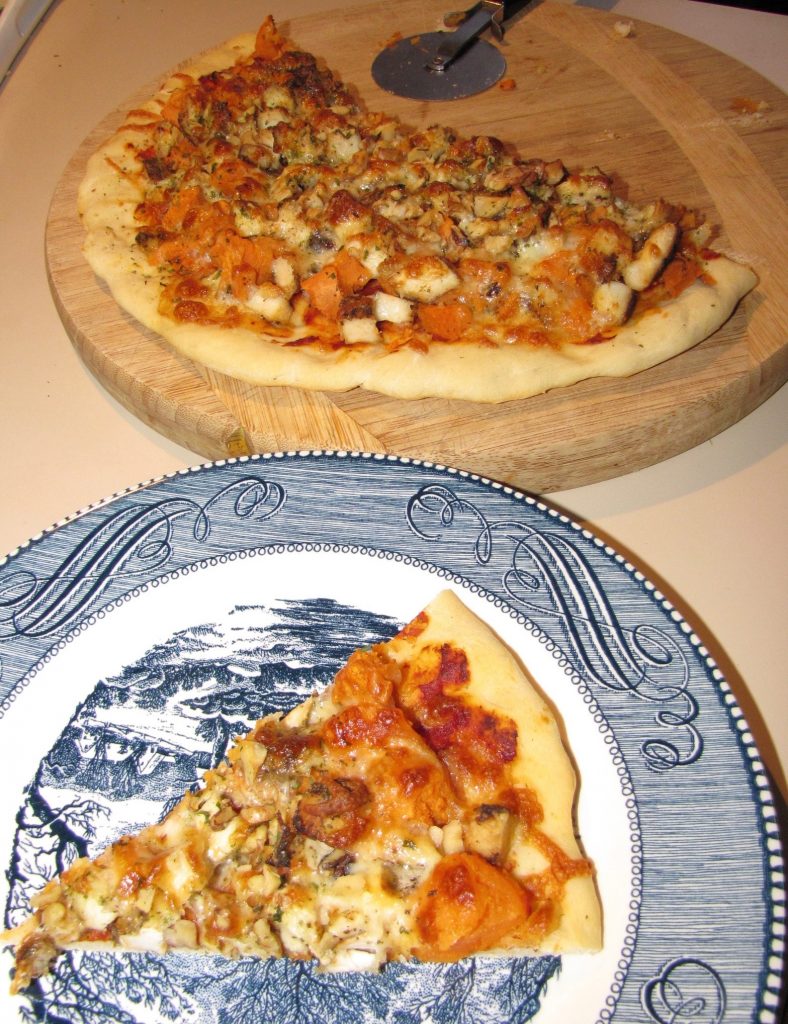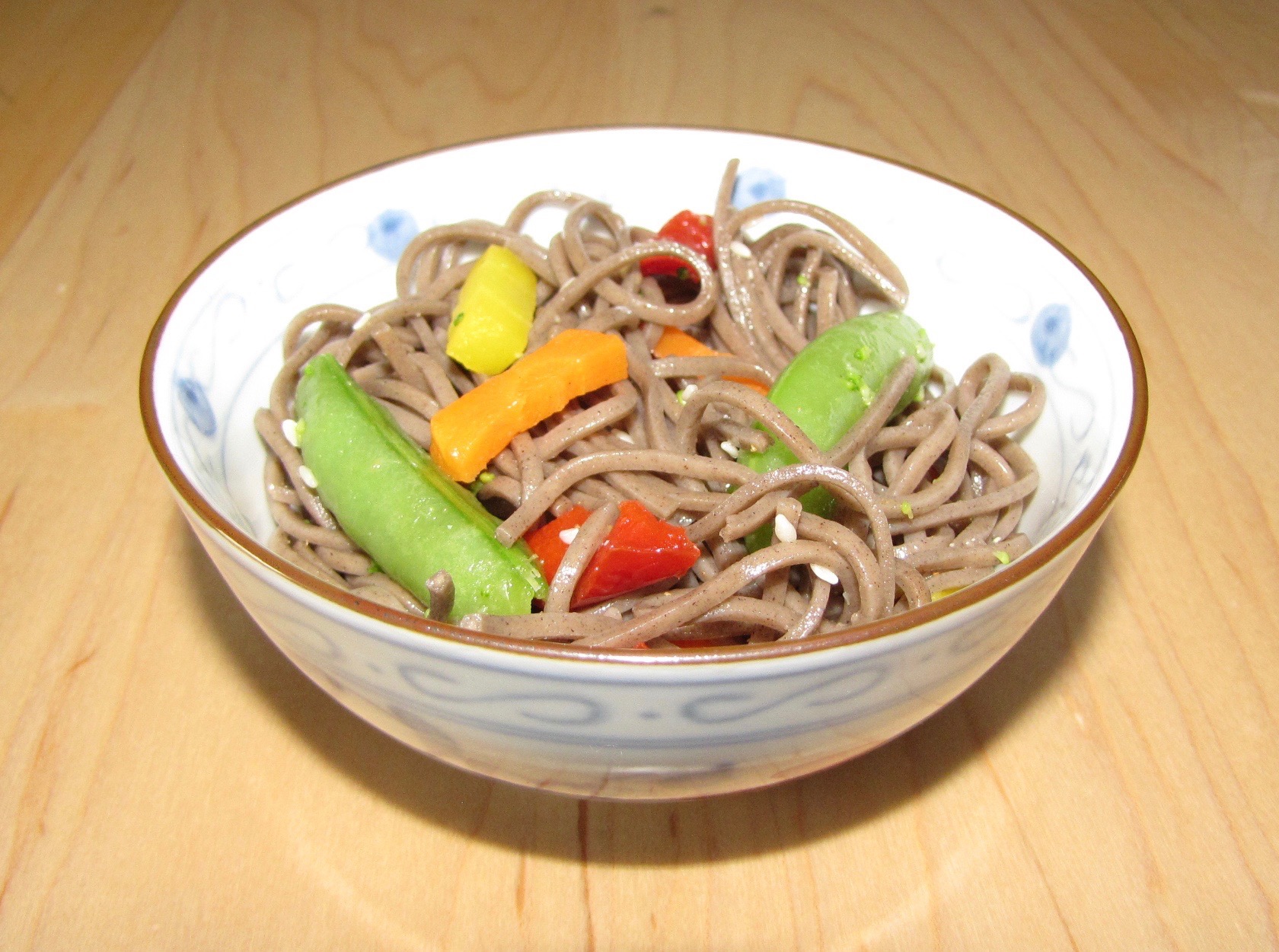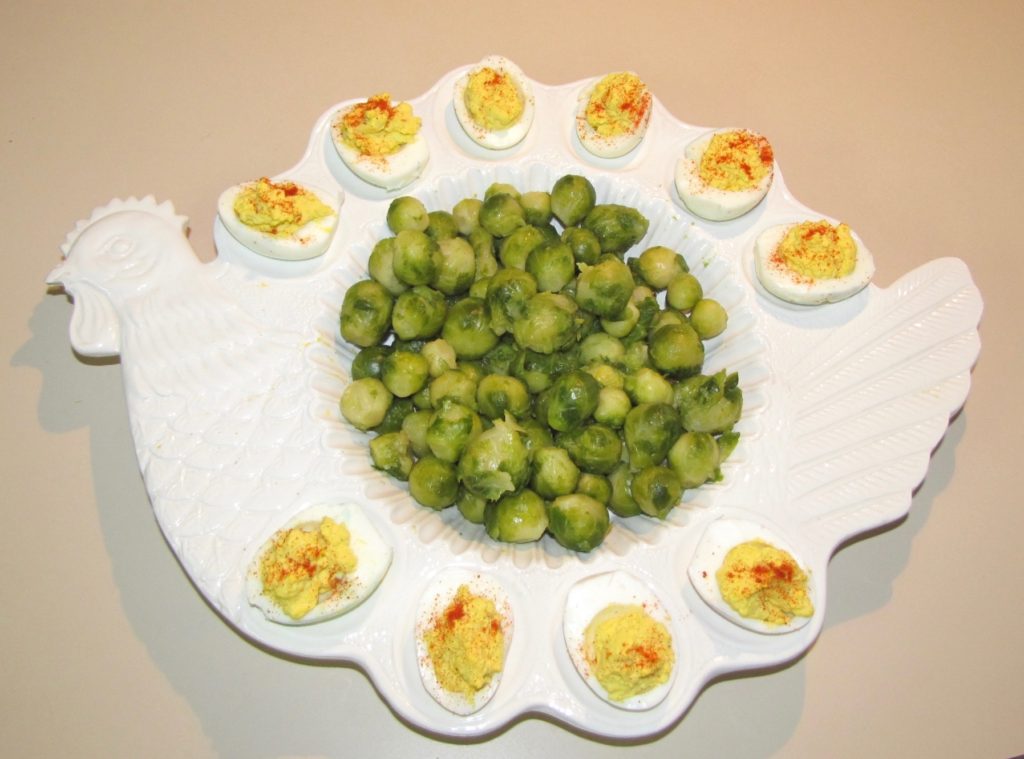How to Cool Down After Your Workout
Welcome to winter, where the days are short and chilly. As a matter of fact, it’s currently 29 degrees F outside with clear skies. Our snow-covered fields and woods make for beautiful scenery. Did you know that January is the coldest month of the year in Wisconsin? It’s when temperatures drop and the lakes freeze. How’s this for a segue? Speaking of “cooling down”, what are you doing to cool down at the end of your workout? More and more, people are understanding and benefiting from cooling down after exercise. And, no, I didn’t forget that warming up is vital too. But I’ll save that for another blog.
So what is the purpose of cooling down and why should you do it? A proper cool down is all about Recovery. When you are fully recovered, you can get back to the gym sooner for another workout. Or for another tennis lesson. Or for another hike. Etc. But if you are stiff, sore, tired and not firing on all cylinders and you try to workout at the gym, you run the risk of injury. Especially if you are pushing yourself. So think Cooling Down = Recovery. In my industry of health and fitness, there has been a focus on reducing inflammation in order to recover quicker in between workout sessions. The thinking is that reduced inflammation will reduce stiffness, pain and delayed onset muscle soreness. The equation now looks like Cooling Down = Reduced Inflammation = Recovery = Improved Performance
The next question is, what should you do to cool down? That all depends on the type(s) of workouts you’re doing, your physical abilities and what your goals are. Your activities might be at the gym (weight lifting, pilates, cardio, etc), on the road (running, walking, cycling), on a court (tennis, basketball, volleyball), field (soccer, lacrosse), pool (swimming, diving, water polo), trail (biking, hiking, running, snow shoeing, cross country skiing), ice rink (hockey, figure skating, curling) or slopes (skiing, snowboarding). And these are just a few off the top of my head.
For simplicity sake, I will talk about strength training at the gym. Of course, there are multiple disciplines and approaches to strength training. Heavy weights versus light weights. Low reps versus high reps. Full body versus individual bodyparts. Volume training. Free weights versus exercise machines. Stretch cords versus body weight exercises. Plyometrics, etc. What did I leave out? Answer: Intensity. Intensity is the key ingredient. I firmly believe that how hard you push yourself during your workout is crucial to how much and what type(s) of cool down you do. If your workout, for example, is at 50% maximum intensity, you may not need to do any cool down. Why? Your heart rate and blood pressure are not elevated, there is little to no lactic acid built up in your muscles and you still have a lot of gas left in your tank. Let me interrupt myself by saying that training at 50% intensity is NOT a waste of time. Over the years, I have been asked if going through the motions of a workout was worth doing if you weren’t grinding molar dust or throwing up. I have always answered YES. Remember it’s all about movement. Strength, flexibility, aerobic fitness, coordination and balance can be achieved in a 30-minute workout or a light weight-lifting session. Your workouts SHOULD NOT and DO NOT need to be at 100% intensity all the time. That’s how you get injured. Just remember that professional athletes have seasons and try to “peak” at the right time. Their goal is to stay injury free until the finals or championships. You have an even harder job since you are training for health and fitness, which is 365 days a year.
Knowing what type(s) of cool down you should do has everything to do with how well you know yourself. What does your body like? What does it respond well to? This takes time, patience and experimentation. Even after 30+ years of working out, I am still figuring things out. Why? My body is changing. It’s not the same machine as it was 20 years ago. I have different goals and interests. I don’t do the same sports. You need to take those things into account. If you are 55, you shouldn’t compare yourself to when you were 25. Granted, you might be in better shape now than you were then, but you understand what I’m trying to say.
Here are 5 cool down strategies to try after your workout:
1. Light Cardio (ie: walking, recumbent bicycle, elliptical). During a high intensity workout, your heart rate and blood pressure are sky rocketing. If you go straight to the locker room or to your car when you’re done, you might get light-headed or dizzy once you sit down. An easy walk on the treadmill gives your body time to slow down and let your muscles relax.
2. Stretch (static, dynamic, PNF, passive, active, assisted). When you have a stiff upper back or tightness in your shoulders blades after sitting for too long, what do you do? Many people turn, twist or roll their heads to loosen up their neck. For their shoulders they might pull one arm across their body or reach behind them. Guess what they are doing? Stretching. It comes naturally and is a great way to cool down after an intense workout. There are many different stretching techniques. My suggestion is to try them all and see what you like. As an aside, when I was in college, I remember guys in my dorm who would work out at the campus gym so they could get “pumped up” to go out to the clubs later that night. The funny things is that the “pump” isn’t sustained for more than a short time after your workout. These same guys would complain about muscle soreness the next day. Perhaps it was that they were lifting heavier than they should or got dehydrated from all of the alcohol they consumed. Either way, they left the gym without stretching and helping their muscles relax.
3. Massage Balls, Foam Roller, Massage stick. The first time I heard about a massage ball was from a client who I trained in Redondo Beach, California. I trained Laura in her home once to twice a week for several years. Before one of her workouts, she complained about her low back and said “I’ll be right back. I need to grab my balls.” Wait! What?! A moment later, she left the garage and went inside her home. She came out with two blue racquet balls that were taped together. She set them on the ground and proceeded to lie on them face up so they were positioned on her low back. She moved up and down, letting the balls massage her sacrum and paraspinals. A couple minutes later, she got up and said she felt much better. So unless your massage therapist is waiting for you right when you get done from working out, using massage balls, stick and foam rollers are excellent substitutes.
4. Sauna, Hot Tub, Hot Shower. Not to be a contrarian, but saunas and hot tubs have never felt good to me after working out. I have tried them before and have felt overheated, tired and depleted. And, yes, I was in there for just a few minutes. Some people say they feel their muscles relax and unwind and that it stimulates healing. If that’s your experience, then I say to stick with it. What works for someone may not work for someone else.
5. Ice Bath, Ice Pack or Cold Shower. Cold helps to reduce swelling and inflammation, thereby reducing muscle soreness. I have never sat in an ice bath before but I have used ice packs and taken cold showers. A cold shower feels good to me. It tells my body that I am done working out. Time to slow down, stop sweating, relax. Just be mindful when using ice. 5-10 minutes maximum. Too much time on the skin and ice may cause frostbite.
* Remember, that NO amount of stretching, icing or rolling will prevent injuries and/or improve workout performance IF you are not also getting proper nutrition, hydration, rest and sleep. Always look at the big picture when it comes to health and fitness. It’s not about one specific exercise or one food item or one cool down technique. Take the time to find what works for you and stick with it.

